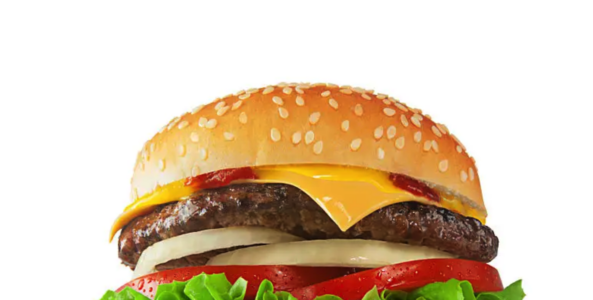4 Steps For Using Lean Six Sigma for Value Stream Mapping

Applying Lean Six Sigma value stream mapping to the cheeseburger-making process offers a structured approach to identify and eliminate waste, optimize workflow, and deliver a high-quality product efficiently. Here’s a step-by-step breakdown of this process:
Step 1: Identify and Break Down the Process
The first step is to list all actions involved in making a cheeseburger, including:
- Gathering ingredients
- Preparing ingredients (e.g., chopping onions, washing lettuce)
- Cooking the patty
- Toasting the bun
- Assembling the burger (adding cheese, vegetables, condiments)
- Packaging or serving
Each of these steps is a distinct part of the value stream. Value Stream Mapping (VSM) will allow us to see where value is added and where waste may be lurking.
Step 2: Evaluate Each Step for Value and Waste
1. Gathering Ingredients
- Value: Necessary step for preparation.
- Waste Potential: Delay if ingredients aren’t prepared or are misplaced. Consider a pre-arranged workstation for quick access.
2. Preparing Ingredients
- Value: Adds quality and freshness.
- Waste Potential: Over-processing (e.g., preparing too many toppings). Introduce portion control to minimize waste.
3. Cooking the Patty
- Value: Essential to quality.
- Waste Potential: Overcooking or undercooking can lead to defects. Use a standardized cooking method and temperature control for consistency.
4. Toasting the Bun
- Value: Enhances flavor and structure.
- Waste Potential: Uneven toasting if done manually. Use a timer or consistent toasting machine to streamline this step.
5. Assembling the Burger
- Value: Directly contributes to customer experience.
- Waste Potential: Unnecessary handling. Standardize assembly order and place condiments in easy-to-access containers.
6. Packaging/Serving
- Value: Completes the process for customer satisfaction.
- Waste Potential: Unorganized packaging. Pre-label packaging or streamline by offering dine-in options.
Step 3: Identify Non-Value-Added (NVA) Steps and Streamline
Using Lean principles, we focus on eliminating or reducing these NVAs to create a smoother workflow:
- Reduce Wait Times: Ensure all ingredients are pre-prepped and organized before starting assembly.
- Batch Preparation: Pre-prepare a set number of patties and toppings based on demand forecasts to avoid over-preparation and reduce wait times.
- Standardize Tools and Procedures: Consistent tools (e.g., portion control spoons, automated timers) can prevent variations in taste and quality, ensuring a predictable outcome.
Step 4: Implement Improvements and Monitor Results
After refining each step, monitor for improvements:
- Time Tracking: Measure how much time each step takes, especially post-implementation, to determine where further adjustments may be needed.
- Quality Control: Regularly assess the finished product to maintain consistency in taste, texture, and presentation.
- Customer Feedback: Use direct feedback to understand if these changes improve the customer’s experience.
Example Improvements
- Introduce Pre-assembled Ingredient Kits: Streamline the ingredient-gathering process by preparing kits in advance.
- Optimize Cooking Time with Timers: Automating the cooking time for patties reduces variance and maintains quality.
- Use Visual Assembly Guides: Step-by-step assembly guides for new staff can help maintain speed and quality during assembly.
By using Lean Six Sigma in the cheeseburger-making process, teams can reduce production time, improve quality, and enhance overall customer satisfaction. Consistent monitoring and willingness to adjust as needed will help maintain an efficient, high-quality output.






